Comments / Questions (62)
![]() Berit Ekenberg wrote:
Berit Ekenberg wrote:
Tack för snabbt svar! Ja, jag hade vänt framstyckena fel och därför kom maskorna för nacken i slutet av ärmen… Ytterligare en fråga. Jag ser redan nu att ärmarna blir för korta och jag vill inte repa upp. Finns det något bra sätt att förlänga dem?
13.06.2025 - 10:01DROPS Design answered:
Hei Berit. Ja, du kan forlenge armene. Se på hjelpevideoen: Hur man förlänger en stickad ärm/ ett fram- & bakstycke. Du kan enten bare strikke vrangborden lengre eller strikke noen cm med perlestrikk før vrangborden, men da må mønstret passe. mvh DROPS Design
16.06.2025 - 10:54
![]() Berit Ekenberg wrote:
Berit Ekenberg wrote:
Jag har fört över vänster ärm + framstycke, lagt upp 16 nya maskor och fortsatt med maskorna för höger framstycke + ärm. Men maskorna för nacken hamnar nu längst ut på ärmarna som härigenom stickas ihop. Vad har jag gjort för fel?
10.06.2025 - 21:30DROPS Design answered:
Hej Berit, kan du have vendt det den forkerte vej, prøv at se på måleskitsen nederst i opskriften :)
12.06.2025 - 10:51
![]() Christiane wrote:
Christiane wrote:
Bonjour, J'ai terminé mon tricot, merci pour la réponse très rapide à ma demande d'explications. Je n'ai eu qu'à allonger légèrement les côtes en bas des manches. Je suis très satisfaite du résultat, ce gilet est super.
06.02.2025 - 14:32
![]() Christiane wrote:
Christiane wrote:
Pour le devant, j'ai bien monté toutes les mailles de la manche puis placé un marqueur mais je ne comprends pas l'instruction concernant les 15 premieres mailles à laisser en attente. Est-ce que je dois d'abord tricoter les 13-14-15-16-17- ou 18 cm puis une fois que cela est fait, tricoter les 15 premières mailles du milieu devant et les glisser sur un arrêt de mailles ?
16.01.2025 - 13:32DROPS Design answered:
Bonjour Christiane, vous devez d'abord tricoter 13 à 18 cm à partir du marqueur (hauteur de l'emmanchure, après les augmentations de la manche); puis en début de rang sur l'endroit (devant droit) - en début de rang sur l'envers (devant gauche), vous tricotez les 15 premières mailles et les glissez en attente, vous les reprendrez ensuite pour terminer le col - cf COL; et continuez à tricoter les 92-93-94-95-95-96 mailles restantes = épaule + manche. Bon tricot!
16.01.2025 - 17:41
![]() Elena wrote:
Elena wrote:
Hej, Jeg kan ikke forstå hvordan strikker man krave?
31.01.2024 - 18:03DROPS Design answered:
Hej Elena, jo du fortsætter bare maskerne fra forkanten om bag i nakken. For at maskerne ikke skal stramme når du former kraven, så strikker du vendepinde over de yderste 10 masker således: Strik 16m vend og strik 16 m tilbage, strik 10m, vend og strik 10 masker tilbage, således fortsætter du :)
02.02.2024 - 12:09
![]() Angélique wrote:
Angélique wrote:
Bonjour! Je voudrais être sûre d'avoir bien compris: on commence le tricot par le bas du devant, on tricote-on tricote jusqu'aux épaules puis on redescend et on le termine par le bas du dos? La débutante que je suis se demande si ça ne fait pas un peu bizarre de voir des mailles tête-bêche de chaque côté des coutures , notamment au niveau des côtes 1/1 du bas...Merci d'avance de m'éclairer! Cordialement.
29.09.2023 - 10:18DROPS Design answered:
Bonjour Angélique, vous ferez ensuite les coutures des côtés à 1 maille des bords, je ne vois donc aucun souci. Bon tricot!
02.10.2023 - 08:33
![]() Barbro Nordström wrote:
Barbro Nordström wrote:
Hej Jag förstår inte hur jag skall sticka krage? Kan ni hjälpa mig?
04.05.2023 - 21:37DROPS Design answered:
Kragen stickas med förkortade varv. Dvs. du stickar först 2 varv fram och tillbaka över alla maskor, sedan stickar du 1 varv över de yttersta 10 maskorna mitt fram, vänd arb och sticka tillbaka över dessa 10 maskor. Upprepa dessa fyra varv enligt beskrivningen.
08.05.2023 - 18:05
![]() CRISTINA MENTASTI wrote:
CRISTINA MENTASTI wrote:
Ho lavorato il davanti dx e poi il sx. Ora dovrei aumentare di 20 maglie per il collo e riprendere le maglie del davanti dx. Mi ritrovo sul ferro 210 maglie ma... tornando col primo ferro sul davanti dx l'ultimo punto che dovrei lavorare è un rovescio, quindi le 20 maglie del collo 1 dir, 1 rov (20^ maglia) e poi la prima maglia che trovo del davanti sx è ancora un rovescio... come posso fare? Grazie
25.02.2023 - 13:52
![]() Nicole wrote:
Nicole wrote:
D'accord! J'ai lu trop rapidement les explications, je reprends ainsi avec confiance mon tricot. J'en profite pour vous remercier pour la qualité de vos explications, c'est le plus souvent clair. Et méritoire , vue la difficulté de certains modèles! Merci encore.
19.10.2022 - 10:32
![]() Nicole wrote:
Nicole wrote:
Merci de votre réponse. "A environ 40 et 55 cm : -2x1m puis : quand toutes les aug et dim sont faites , il reste 108m". Donc pour vous 108m sans les dim, pour moi 108 -2 = 106. ce n'est pas mieux!
19.10.2022 - 09:51DROPS Design answered:
Bonjour Nicole, ces diminutions à 40 et 55 cm ne concernent que les tailles XXL et XXXL, autrement dit, vous ne diminuez pas pas en taille M. Bon tricot!
19.10.2022 - 10:28
Sheer Comfort#sheercomfortcardigan |
|
|
|
|
Knitted DROPS wide jacket in seed st in ”Lima”. Size: S - XXXL
DROPS 132-31 |
|
|
SEED ST: 1st row: * K 1, P 1 *, repeat from *-*. 2nd row: K over P and P over K. Repeat 2nd row. -------------------------------------------------------- RIGHT FRONT PIECE + SLEEVE: Worked back and forth on a circular needle to make room for all the sts. Cast on 45-49-51-55-61-65 sts (includes 1 edge st in the side) on circular needle size 5 mm / US 8 with Lima. Work rib as follows from mid front (1st row = RS): K 1 edge st on all rows, * K 1, P 1 *, repeat from *-* and finish with K 1 and K 1 edge st on all rows. When rib measures 3 cm / 1⅛", K 1 row from WS, then continue in SEED ST over all sts – see explanation above! REMEMBER THE GAUGE! When piece measures 10 cm / 4", inc 1 st in the side. Repeat inc every 8-8-8-9-9-9 cm / 3⅛"-3⅛"-3⅛"-3½"-3½"-3½" a total of 5 times. When piece measures 34-35-36-37-38-39 cm / 13⅜"-13¾"-14¼"-14½"-15"-15¼", bind off for 1 button hole as follows from RS: Work 3 sts as before, K 2 tog, make 1 YO, work the rest of row. Repeat bind off for button hole 2 more times 5 cm / 2" apart. Size XXL + XXXL: At the same time when piece measures approx. 40 cm / 15¾", dec 1 st for neck by K tog the outermost 2 sts towards mid front. Repeat dec when piece measures 55 cm / 21½". ALL SIZES: When piece measures 48-49-50-51-52-53 cm / 19"-19¼"-19¾"-20"-20½"-21", beg to cast on new sts for sleeve. Cast on sts at the end of every row from RS: 5 sts 7 times and 22-19-18-15-11-8 sts 1 time. When inc for sleeve are done, insert 1 marker - NOW MEASURE PIECE FROM HERE! Work until piece measures approx. 13-14-15-16-17-18 cm / 5⅛"-5½"-6"-6¼"-6¾"-7" from marker (adjust so that next row is worked from RS). When all dec and inc are done, there are 107-108-109-110-110-111 sts on needle. Work the outermost 15 sts towards mid front, and then slip them on a stitch holder = 92-93-94-95-95-96 sts remain on needle. Insert a new marker (= mid on top of shoulder) – NOW MEASURE PIECE FROM HERE! Work 2 cm / ¾" back and forth over all sts on needle, and then slip them on a new stitch holder. LEFT FRONT PIECE + SLEEVE: Work as right front piece but reversed. Work the outermost 15 sts at the top by shoulder towards mid front from WS before slipping them on a stitch holder. Work 2 cm / ¾" back and forth over the remaining sts, finish after 1 row from WS. Continue with back piece without slipping sts on a stitch holder. BACK PIECE: Work sts from left front piece + sleeve, cast on 16-16-18-20-22-24 new sts (= back of neck) and work right front piece + sleeve on to circular needle = 200-202-206-210-212-216 sts. Continue in seed st until piece measures 13-14-15-16-17-18 cm / 5⅛"-5½"-6"-6¼"-6¾"-7" from marker. Now bind off at beg of every row in each side: 22-19-18-15-11-8 sts 1 time and 5 sts 7 times = 86-94-100-110-120-130 sts. Insert a marker – NOW MEASURE PIECE FROM HERE! Work 6-7-8-5-6-7 cm / 2⅜"-2¾"-3⅛"-2"-2⅜"-2¾" from marker. Now dec 1 st in each side, repeat dec every 8-8-8-9-9-9 cm / 3⅛"-3⅛"-3⅛"-3½"-3½"-3½" a total of 5 times = 76-84-90-100-110-120 sts. When piece measures 45-46-47-48-49-50 cm / 17¾"-18"-18½"-19"-19¼"-19¾" from marker, K 1 row from WS while at the same time inc 1 st = 77-85-91-101-111-121 sts. Then continue in rib as follows (from RS): K 1 edge st on all rows, * P 1, K 1 *, repeat with *-* and finish with P 1 and K 1 edge st on all rows. When rib measures approx. 3 cm / 1⅛" (adjust according to front piece), bind off with K over K and P over P. COLLAR: Slip the 15 sts from stitch holder on right front piece back on circular needle. Cast on 1 new st towards the shoulder = 16 sts. K all rows - AT THE SAME TIME work short rows as follows (from mid front): * Work 2 rows over all sts, work 2 rows over the outermost 10 sts towards mid front *, repeat from *-* until piece measures approx. 5-5-6-6-7-7 cm / 2"-2"-2⅜"-2⅜"-2¾"-2¾" in the shorter side. Bind off. Work the same way over sts from stitch holder on left front piece. Sew collar parts tog mid back, and sew collar to back of neck inside edge st. RIB ON SLEEVE: Worked back and forth on circular needle. Knit up from RS inside 1 edge st at the bottom of one sleeve: 48-52-56-58-64-66 sts on circular needle size 5 mm / US 8 with Lima. K 1 row from WS. Then work rib = K 1/P 1 with 1 edge st in each side which is K on all rows. When rib measures approx. 6 cm / 2⅜", bind off with K over K and P over P. Repeat on the edge of the other sleeve. ASSEMBLY: Sew the side and sleeve seams inside 1 edge st. Sew on buttons. |
|
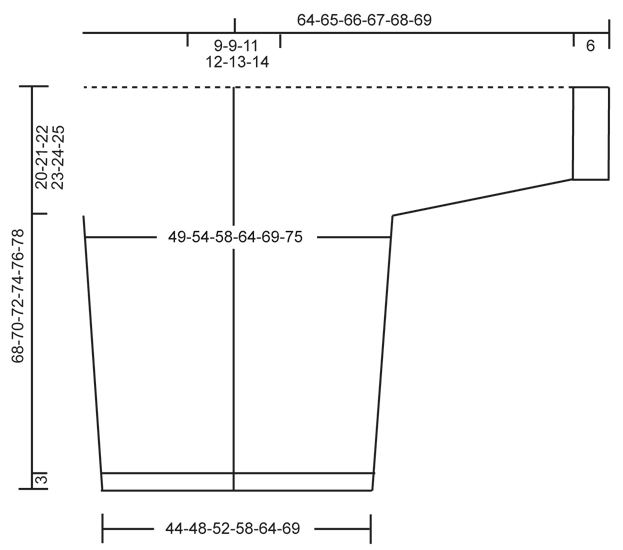 |
|
Have you finished this pattern?Tag your pictures with #dropspattern #sheercomfortcardigan or submit them to the #dropsfan gallery. Do you need help with this pattern?You'll find 10 tutorial videos, a Comments/Questions area and more by visiting the pattern on garnstudio.com. © 1982-2025 DROPS Design A/S. We reserve all rights. This document, including all its sub-sections, has copyrights. Read more about what you can do with our patterns at the bottom of each pattern on our site. |

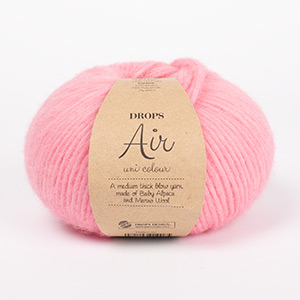





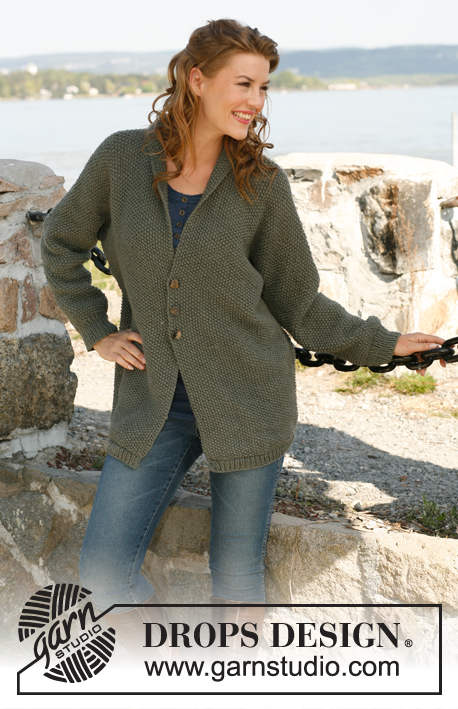
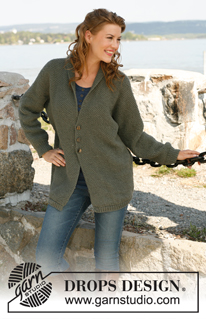


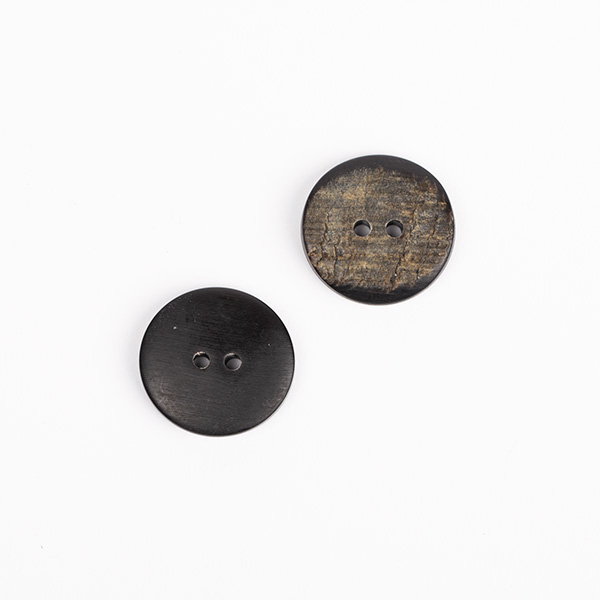
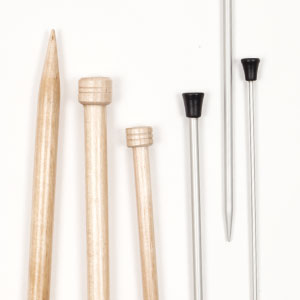
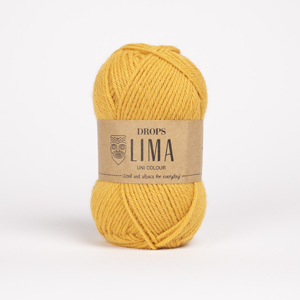
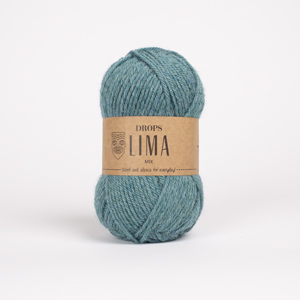











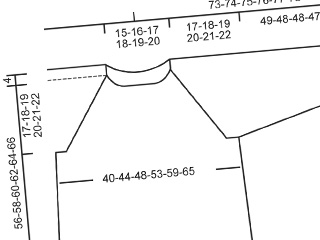
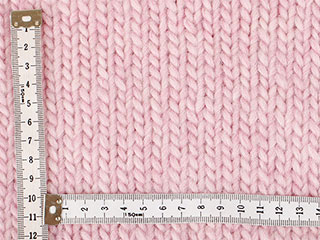
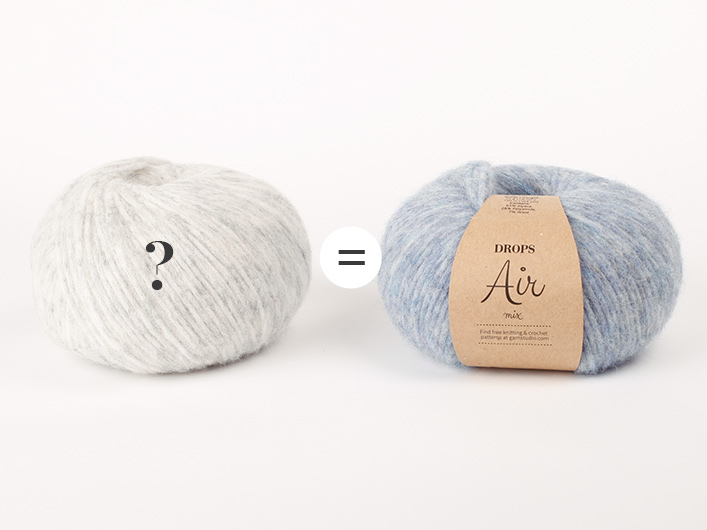
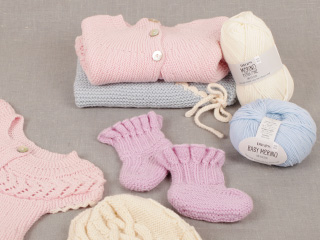
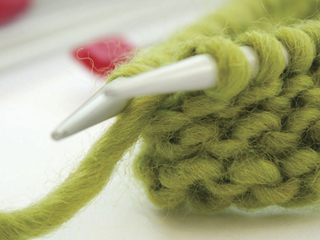
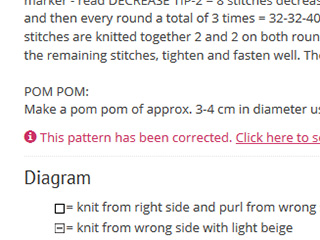
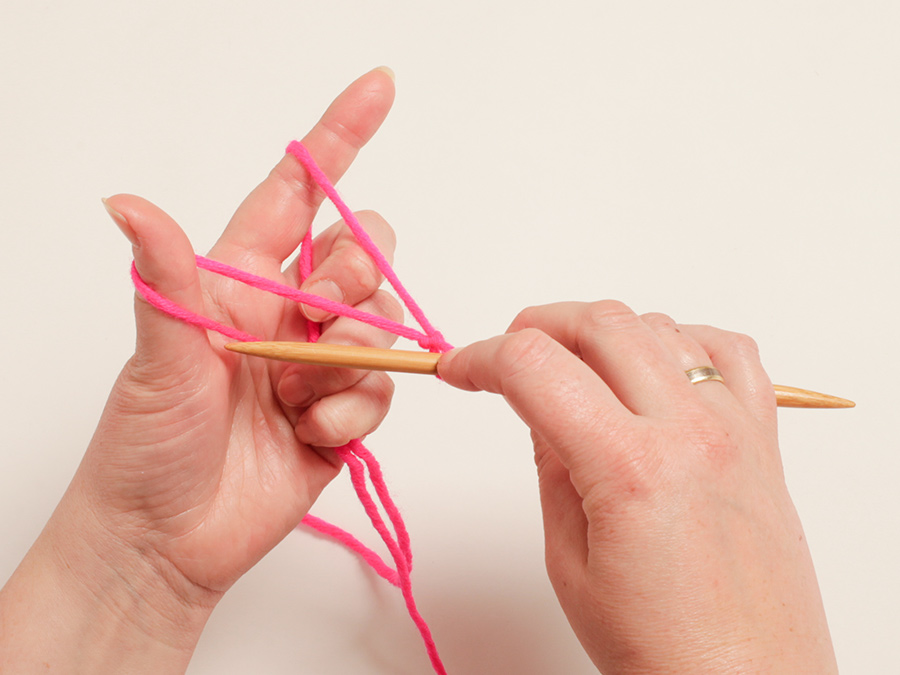
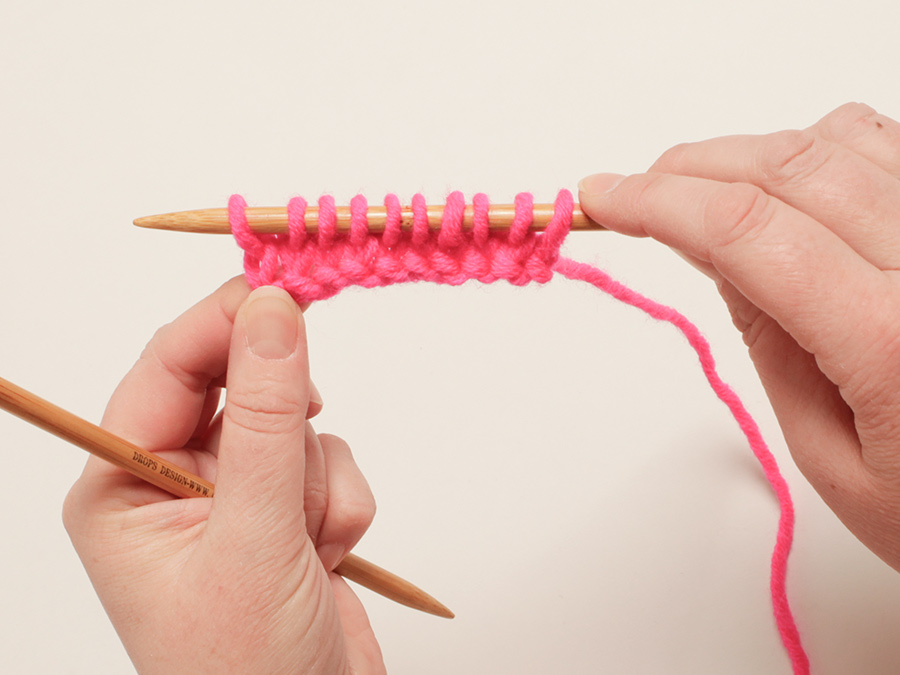
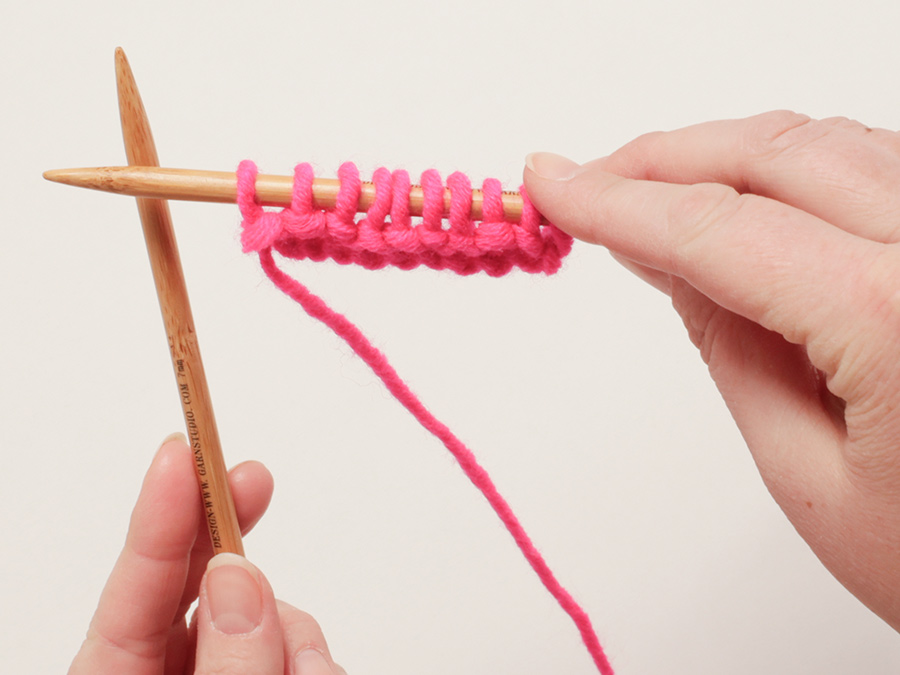
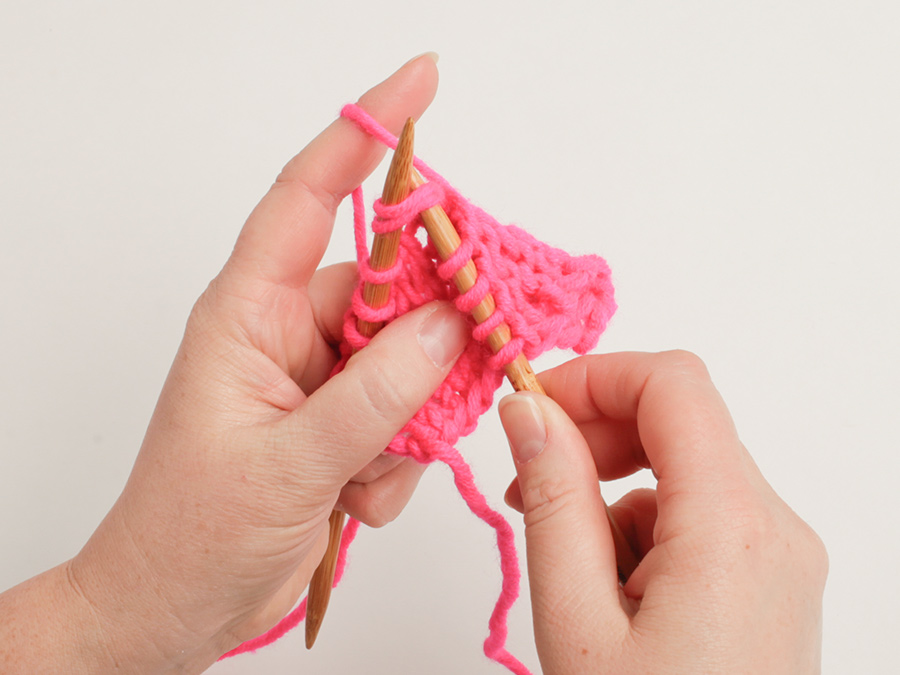
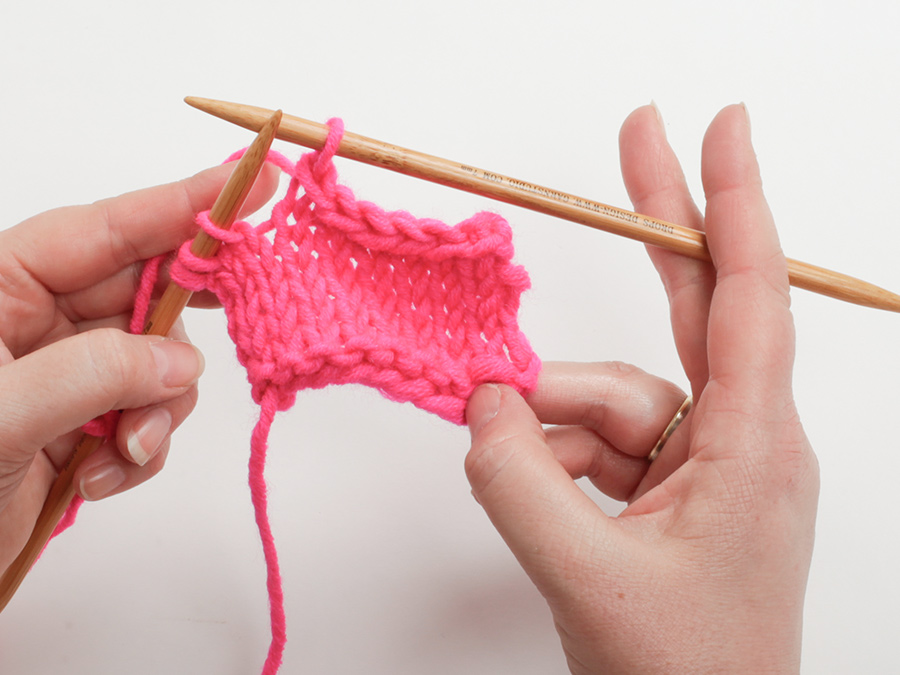
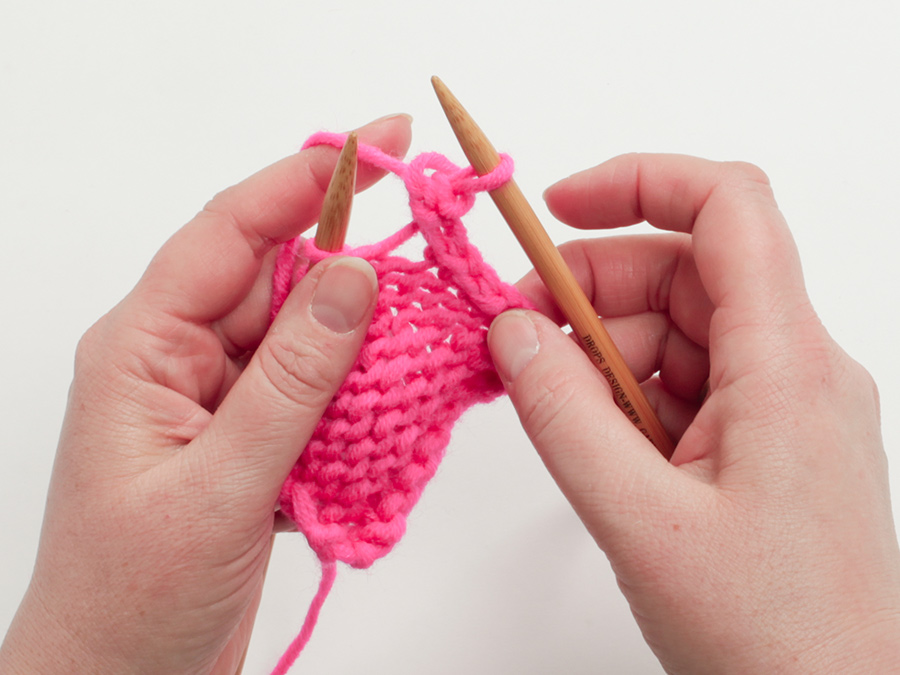
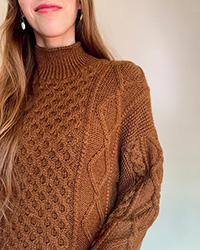
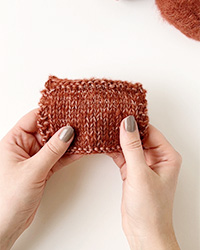
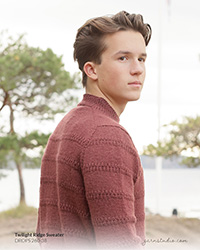
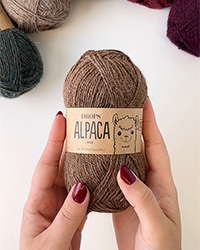
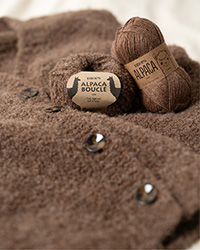
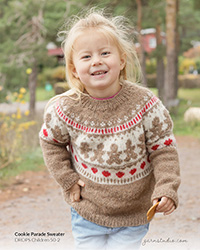
Post a comment to pattern DROPS 132-31
We would love to hear what you have to say about this pattern!
If you want to leave a question, please make sure you select the correct category in the form below, to speed up the answering process. Required fields are marked *.